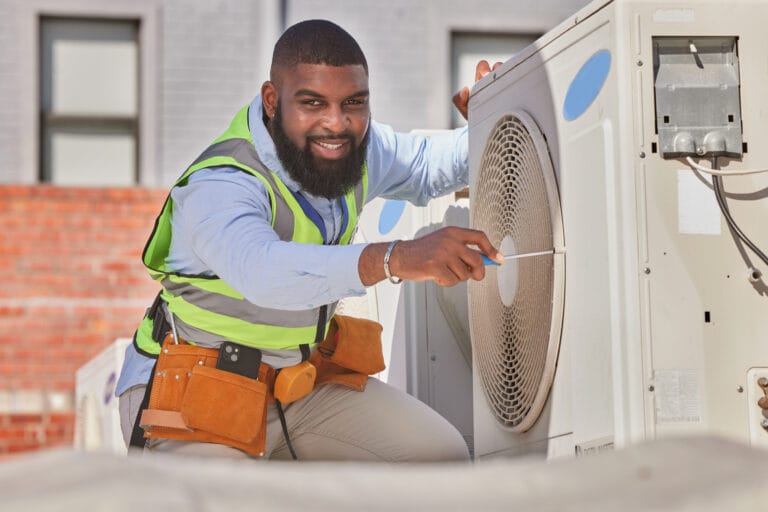If you have a loved one who is dealing with a mobility impairment, you may need to make some home renovations to make their life easier. What renovations you’ll need will depend entirely on what type of impairment they’re experiencing and the projected course of their illness. They may only need one or two adjustments, while those with chronic conditions may want to redesign their entire home. You can talk to a professional with years of experience to find out what they recommend for your loved one. Read on to find out more about home remodeling to assist a loved one with a mobility impairment.
What home improvements can assist a loved one with mobility impairment?

The bathroom is one room where you’ll definitely need to make adjustments, whether it’s installing a new shower or investing in tub conversions. Things to consider include adding a handheld showerhead, installing grab bars and a non-slip surface in the shower or bathtub, and widening the door to make it easier to get in and out. You may also want to consider a shower bench or chair to provide additional stability. If your loved one has difficulty standing for long periods of time, consider a bathtub with a whirlpool feature or a walk-in shower.
Home remodeling to assist a loved one with mobility impairment also involves removing any obstacles that could interfere with movements, such as carpets, rugs, and furniture. It may also include installing handrails, ramps, and other assistive devices. In some cases, it may be necessary to modify the layout of the home to make it more accessible. A professional home remodeler can help you determine what modifications are required and how to best implement them. Some changes, like a modern bathroom upgrade, will also add value to your home.
When it comes to home remodeling for a loved one with mobility impairment, it is important to choose a contractor who can accommodate their needs. That’s why you need to select a contractor who is experienced in remodeling for those with limited mobility. The contractor you choose should be able to provide a comprehensive assessment of your loved one’s needs, design a plan that will make their home more accessible, and offer advice on the best modifications to make, depending on your loved one’s individual situation.
What are some common causes of mobility issues?

Neurological conditions are one of the most common causes of mobility issues. Conditions such as multiple sclerosis, cerebral palsy, brain tumors, and Parkinson’s disease can all cause mobility impairment. There are many different types of brain tumors, and each can cause different symptoms. Some tumors cause seizures, while others may cause a loss of mobility. Whatever the cause, if you’re experiencing neurological symptoms including any degree of loss of mobility, you should get in touch with your healthcare provider as soon as possible.
Trauma is another source of mobility impairment for many people. For example, a serious injury like a broken bone can lead to a loss of mobility. You may also struggle with mobility if you’re experiencing muscle weakness. Muscle weakness can occur as a result of various conditions, such as age-related muscle loss (sarcopenia), nerve damage, or chronic diseases such as diabetes or heart disease. These mobility problems often start out as minor but can worsen over time, especially if they aren’t treated. Physical therapy and medication can often help, as can assistive devices and, as previously discussed, home modifications.
There are a lot of considerations that are involved in remodeling your home, especially if the remodeling is aimed at addressing a mobility impairment of a loved one. Fortunately, there are a lot of resources available that can help you figure out what improvements you need to invest in and where you can find contractors to do the work for you. Learning more about the condition that is causing the mobility loss is also a good idea, so you can better anticipate their future needs. No matter what approach you take, the important thing is that you prioritize your loved one’s comfort and safety.






